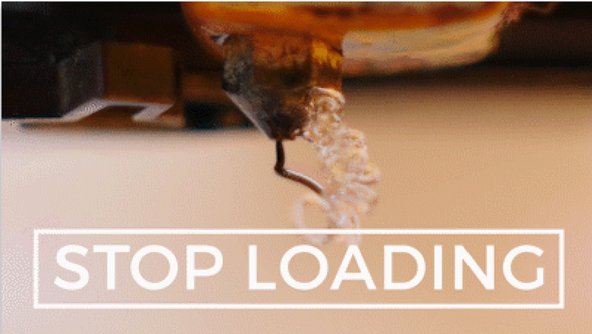-
-
If you only have one printer profile, you can reset to Factory Settings on Palette's screen by going to Settings > Preferences > Reset to Factory Defaults.
-
If you have multiple Printer Profiles and you would only like to reset a particular profile, you can delete this specific information by going to Settings > Preferences > Printer Profiles.
-
-
-
Next, we want to calibrate your Palette so that its internal hardware moves in conjunction with your particular filament. To do this, please run Palette Calibration with the filament that you'll be using to print.
-
Follow the steps in the support article and please ensure that on the last step, you're pulling the filament slowly and consistently out of your unit. Pulling too fast or in a jerking motion can cause the encoder to record false and incorrect values.
-
-
-
After the reset, Palette will not have any calibration values and will prompt you to run the calibration print. Please run the calibration in Accessory mode if you're not using a CANVAS Hub, or in Connected mode if you are using a CANVAS Hub.
-
Please note that for the calibration print, the colors may not be perfectly in place. This is perfectly expected. With the first print, we want to measure how much filament your printer uses compared to the amount of filament actually used in the print, and Palette uses this information to adjust future splice lengths.
-
This comparison of filament usage is what we call 'ping' values. We use this in conjunction with the amount of filament produced by Palette, called 'pong' values. To learn more about how Palette maintains calibration using 'pings' and 'pongs' throughout a print, please see here.
-
-
-
Now that you've completed the calibration print, we want to gather as much information about your printer as possible. The best way to complete this is to complete a print that contains a high volume of 'ping' values. In order to do this, we recommend finding a print that uses around 12 - 15 m of filament.
-
For a simple print that should fit this criteria, you can try our Multi-Color Earbud Case.
-
Important: regardless of the calibration of this print, please save these calibration values when prompted. By saving these calibration values, it provides Palette with a large sample size of calibration values to learn from. If this data is not saved, Palette will simply have no calibration values to use for future prints.
-
-
-
At this point, Palette should have enough information to calibrate future prints correctly. In subsequent prints, please save the calibration values if the calibration is improving from your last print. If you're still finding that your calibration is poor or not improving, please do not save these values and try the print again.
-
-
-
If you're finding that your calibration is off, please check that you're receiving 'pings' and 'pongs' during a print by pressing the print menu button and selecting Ping Offsets and Pong Offsets. If you're finding that you're not receiving 'pings', it may be solved by doing the following:
-
Your calibration's loading may be incorrect. During calibration, you will be prompted to purge your nozzle with clear filament. When loading filament afterwards, please ensure that you stop loading the moment you see any color appear, not when the color fully transitions.
-
When loading for a non-calibration print, please ensure that you're following Palette's screen. The aim is to stop loading as close to 0 mm as possible. Under/overloading by 10-20 mm can cause issues in the first few layers of a print, which can continue on further as the print proceeds.
-
If you have any additional questions, please send us a message at support@mosaicmfg.com.
If you have any additional questions, please send us a message at support@mosaicmfg.com.
Cancel: I did not complete this guide.
4 other people completed this guide.


